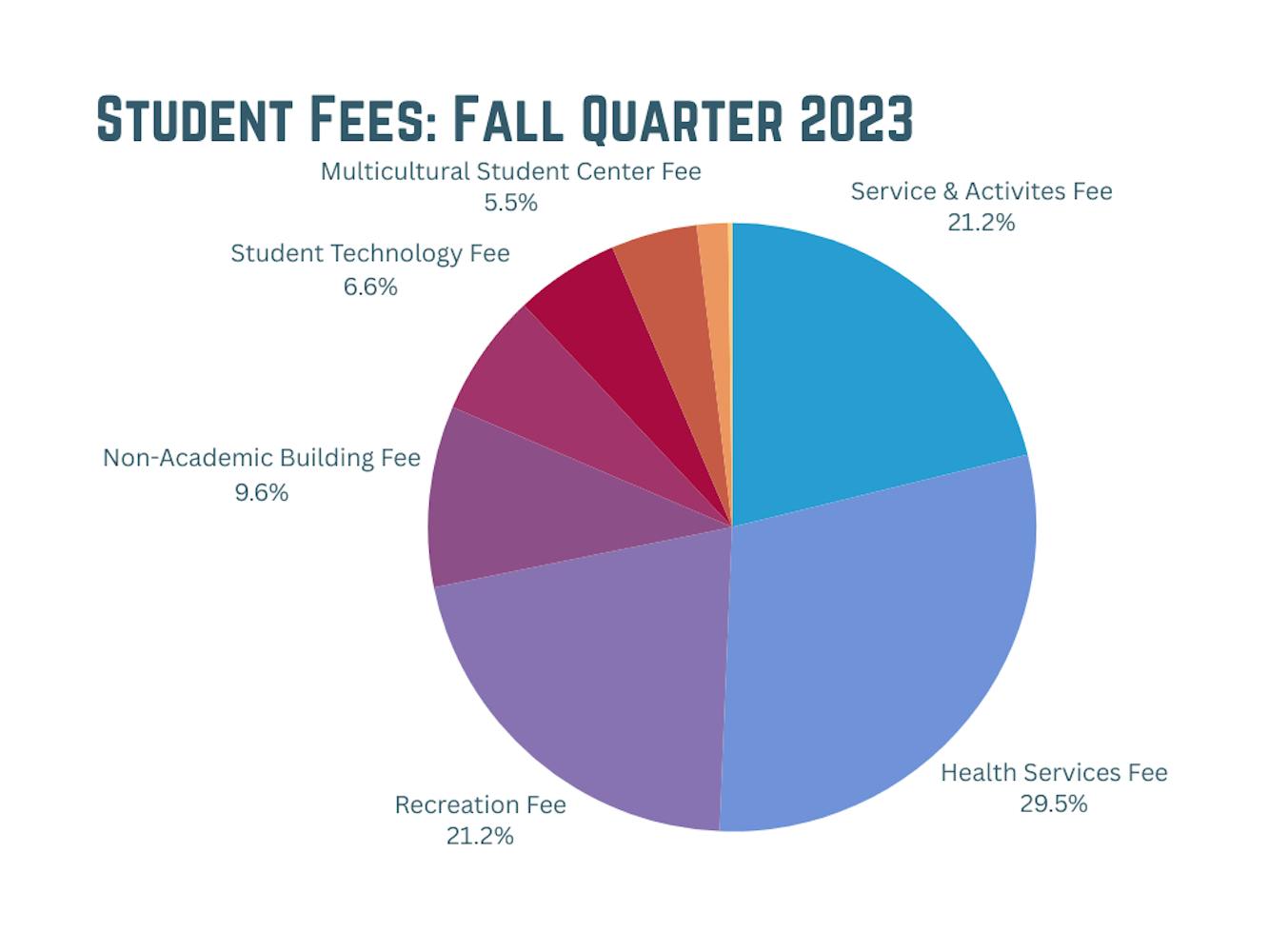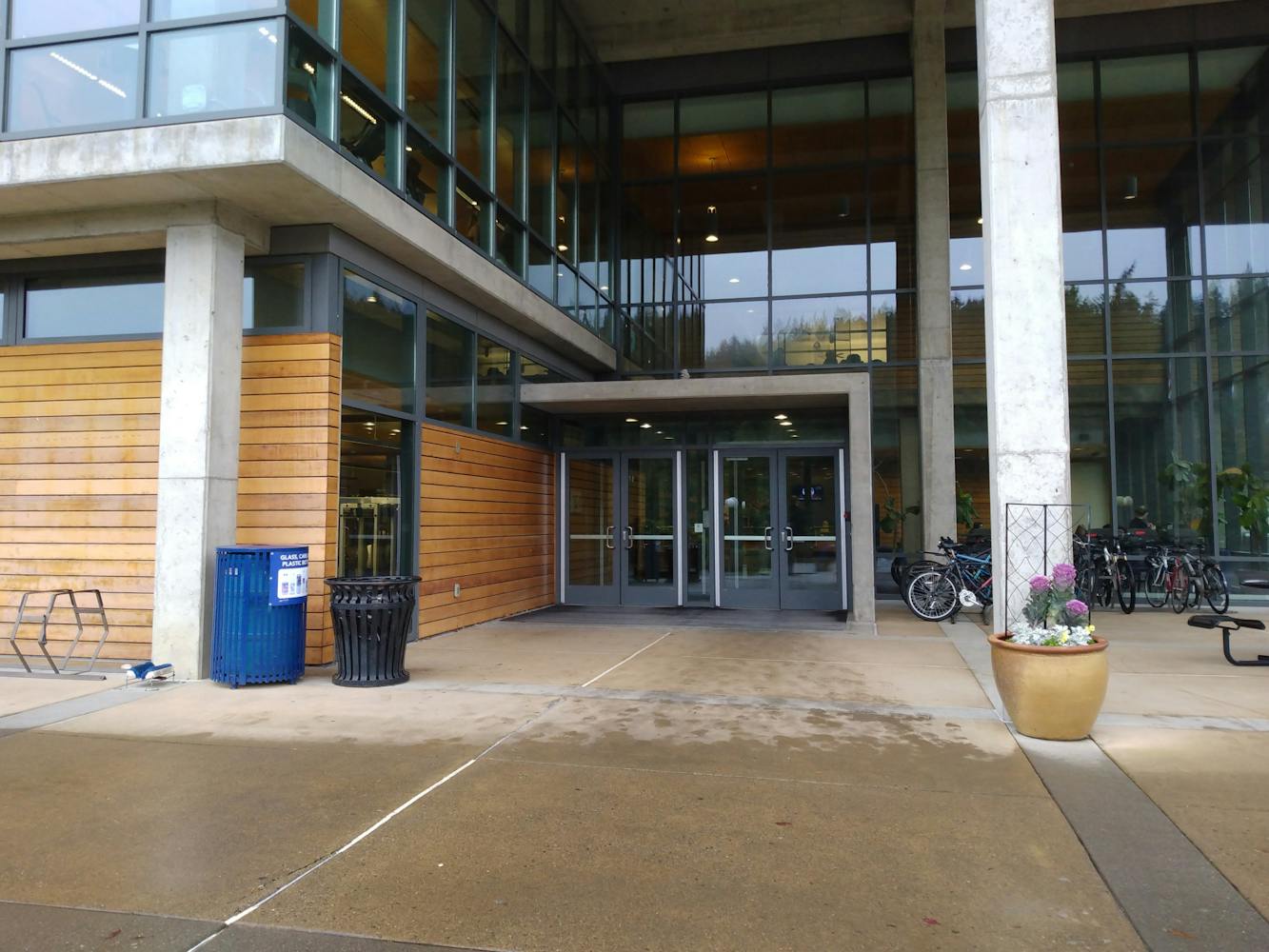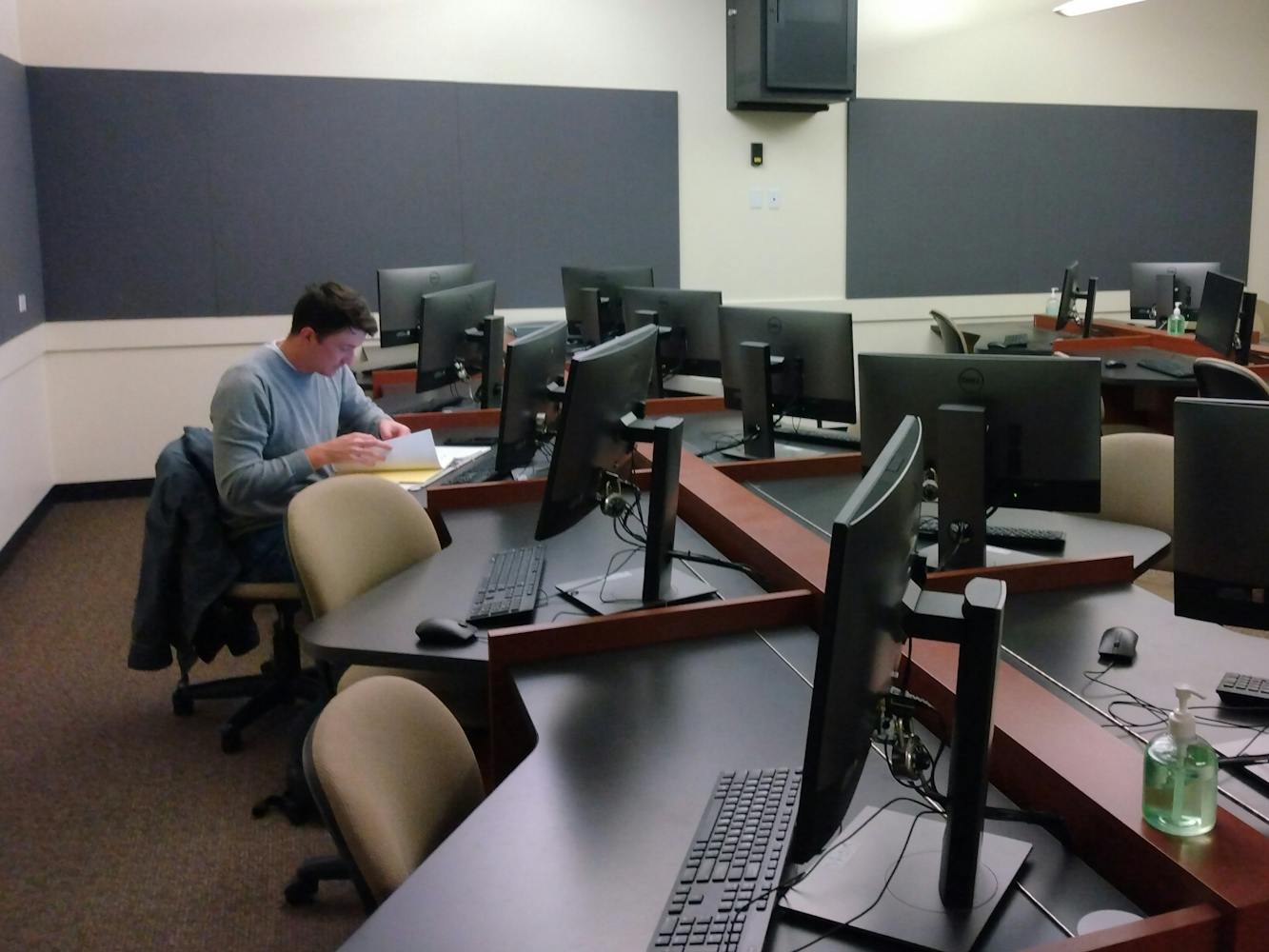Making up tens of millions of dollars of Western Washington University’s revenue each year, mandatory student fees pay for a huge array of services.
All Western students are required to pay these nine mandatory student fees.
Service and Activity
Student Recreation
Student Health Services
Student Technology
Non-Academic Building
Sustainable Action Fund
Active Transportation
Legislative Action Fund
Multicultural Services
The most costly student fees, in order, are Service and Activity, Health Services and Student Recreation.
Service and Activity Fee
The Service and Activity fee is the largest individual fee for students, creating nearly 3.3 million dollars in revenue during the 2023 fall quarter at $242 per student.
The fee is managed by the S&A Fee Committee, which includes student representatives from various clubs as well as groups that draw from the fee.
Under Washington State law, Service and Activity fees are to be used “for the express purpose of funding student activities and programs of their particular institution.”
In practice, what constitutes a student activity or program is determined by the University Board of Trustees, but commonly includes any kind of college-affiliated extracurricular activity students participate in.
The S&A fee has increased yearly since 2020. The fee currently costs students $727 per year, compared to $672 in the 2020-21 academic year, according to records from the Western Board of Trustees. This marks an 8% increase.
Despite the numerical increase, the value of the S&A fee has not kept pace with inflation, with the current fee pricing being equivalent in value to $615 in 2020 dollars. Factoring for inflation, the value of the S&A fee charge has instead seen an 8% decrease.
Because of this, students are now paying about $68 less in value than students in 2020, and the fee has suffered a decrease in revenue, meaning fewer dollars going to clubs, activities and other student programs.
In 2018, Washington State capped increases to S&A fees to a maximum of 4% annually. With high inflation rates during the COVID-19 pandemic, this cap has prevented the fee from keeping pace with the value of the dollar.
Student Health Services Fee
The Student Health Services fee is the second largest student fee at Western. The fee in total collected over $2.1 million during the 2023 fall quarter, at $159 per student.
“It pays for all of the Student Health Center staff … and it funds primarily all the operations for Counseling, Health, and Wellbeing,” said Sislena Ledbetter, the associate vice president of the organization.
The Student Health Center in the Campus Services building provides a huge array of free services, including vaccinations, mental health assistance, gender-affirming care and sexually transmitted infection screenings.
The Counseling and Wellness Center, located in Old Main room 540, offers free programs such as therapy, support groups and domestic abuse survivor advocacy.
For most students, the quarterly fee provides access to services that would be far more difficult to afford otherwise.
“When you think about the kinds of services that are out there, particularly for mental health, the cost of these services… the [Student Health Services] fee can equal the cost of one visit on the market,” Ledbetter said.
According to a 2010 peer-reviewed article that focused on student mental health outcomes, universities that adopt an inclusion and support-focused mental health system will have more positive outcomes for students who receive mental health care.
The article also recommended university-funded health services for students like those available at Western.
All students at Western, even those who don’t use any of the available services, are required to pay the fee.
“It’s interesting that I pay so much for things that I’m not using, and maybe I should use them more extensively,” said Western first-year Cole Ruklic.
Since the 2020-21 and 2021-22 academic years, the fee has increased from $351 to $477 in the 2023-24 academic year, a 36% increase, according to records from the Western Board of Trustees.
When factoring for inflation, the fee has increased in value by 15%.
Student Recreation Fee
The Student Recreation fee collected about $1.5 million during the 2023 fall quarter at $114 per student. The student recreation fee funds the Wade King Student Recreation Center.
“The recreation center fee covers student employment, professional and sports staff employment, it covers maintenance on the building, utilities on the building, equipment, equipment maintenance, and I would have to say that the biggest expense next to personnel would be our bond payment,” said Adam Leonard, director of Campus Recreation Services.
A bond is a form of loan in which a lender gives a set amount of up-front money in exchange for fixed periodic interest payments until a specified end date, when the value of the original money given is repaid.
Between March 13, 2020 and Feb. 21, 2021, the rec center was closed due to COVID-19, and students were no longer required to pay the fee. This resulted in a significant reduction in university profit.
Leonard said the result of this reduction was a delay in plans for renovations and expansions to address the lack of space at the current facility that has been observed by students.
“I will say that the gym gets a little small, especially at peak times of the day, or pretty much as you go on in the afternoon it gets pretty crowded. And so I’m forced to go in the morning,” said Ruklic, who visits the rec center nearly every day.
Once the rec center recovers from the economic issues of the pandemic, expansions are still on the table.
Rec center accessibility and quality factors into student academic success, according to a peer-reviewed 2009 study on the subject.
The study found that first-year students attending a campus recreation center at least 25 times during their first few months at the university had a positive impact on their retention and graduation rate.
“If I were to not pay a fee, it’s not gonna be the rec center fee. I’m definitely paying that one every time," Ruklic said.
The Student Recreation fee remained at $328 per year between the 2020-21 and 2022-23 academic years, not accounting for the center’s closure. In the 2023-24 academic year, it has risen to $355 per student per quarter – an 8% increase.
Factoring in inflation, however, the cost has decreased in value by 8%.
Other Fees
Although the S&A, Health Services and Student Recreation fees make up the majority of the fees paid by students, there are several smaller fees charged to students as well.
The Non-Academic Building fee is used to fund the maintenance and expansion of the Viking Union building on campus. For the 2023-24 academic year, students will be paying $156 per quarter for this fee.
Computer labs and student-accessible software are funded by the Student Technology fee, which will cost students $105 over the 2023-24 academic year.
Students have access to a free Whatcom Transportation Authority bus pass, as well as the late-night starlight shuttle due to the $90 per-quarter Active Transportation fee.
The Sustainable Action Fund fee uses its $27 per-student per-quarter cost to fund projects that improve the sustainability and the environment of the community.
The $3 per-quarter Legislative Action fee funds representation and advocacy efforts on campus and in local and state government.
Finally, the $90 per-Multicultural Services fee funds the Multicultural Center in the VU building.
Students can learn more about fees online.
Joshua Grambo (he/him) is a campus news reporter and journalism/news editorial major in his second year at Western. Outside of the Front, Joshua enjoys reading, playing dungeons and dragons, spending time with family, and working on craft projects. You can reach him at joshuagrambo.thefront@gmail.com.










